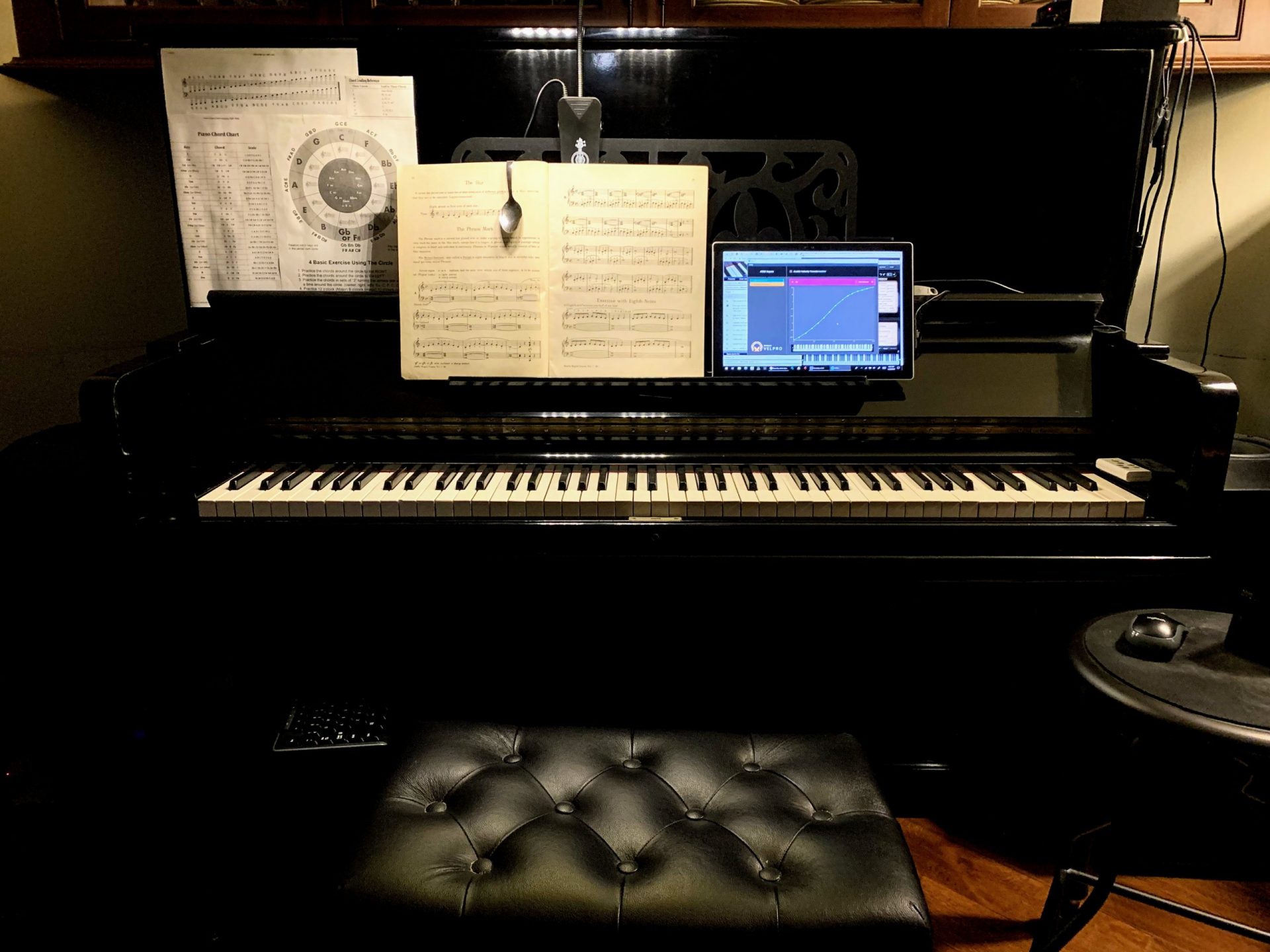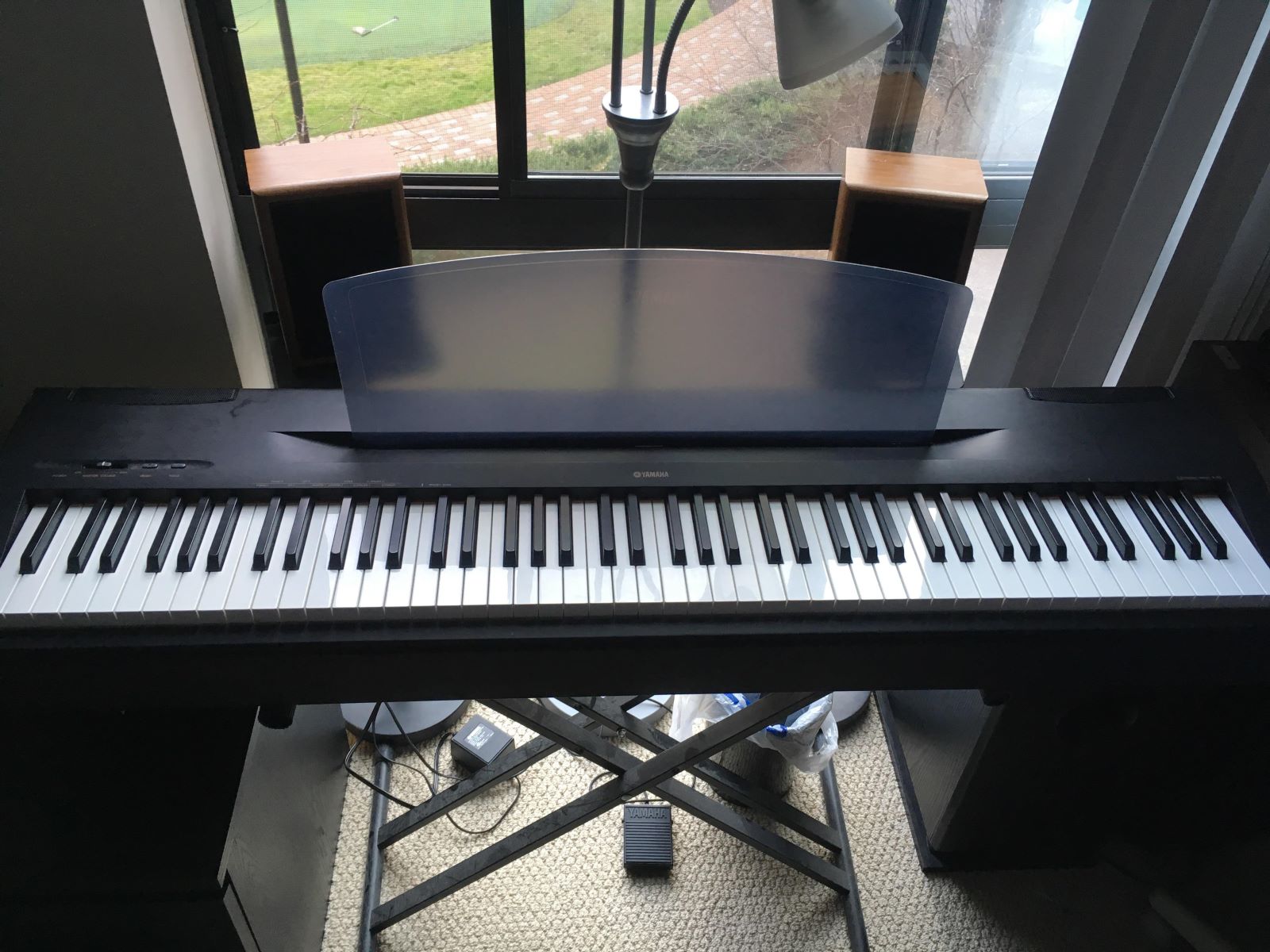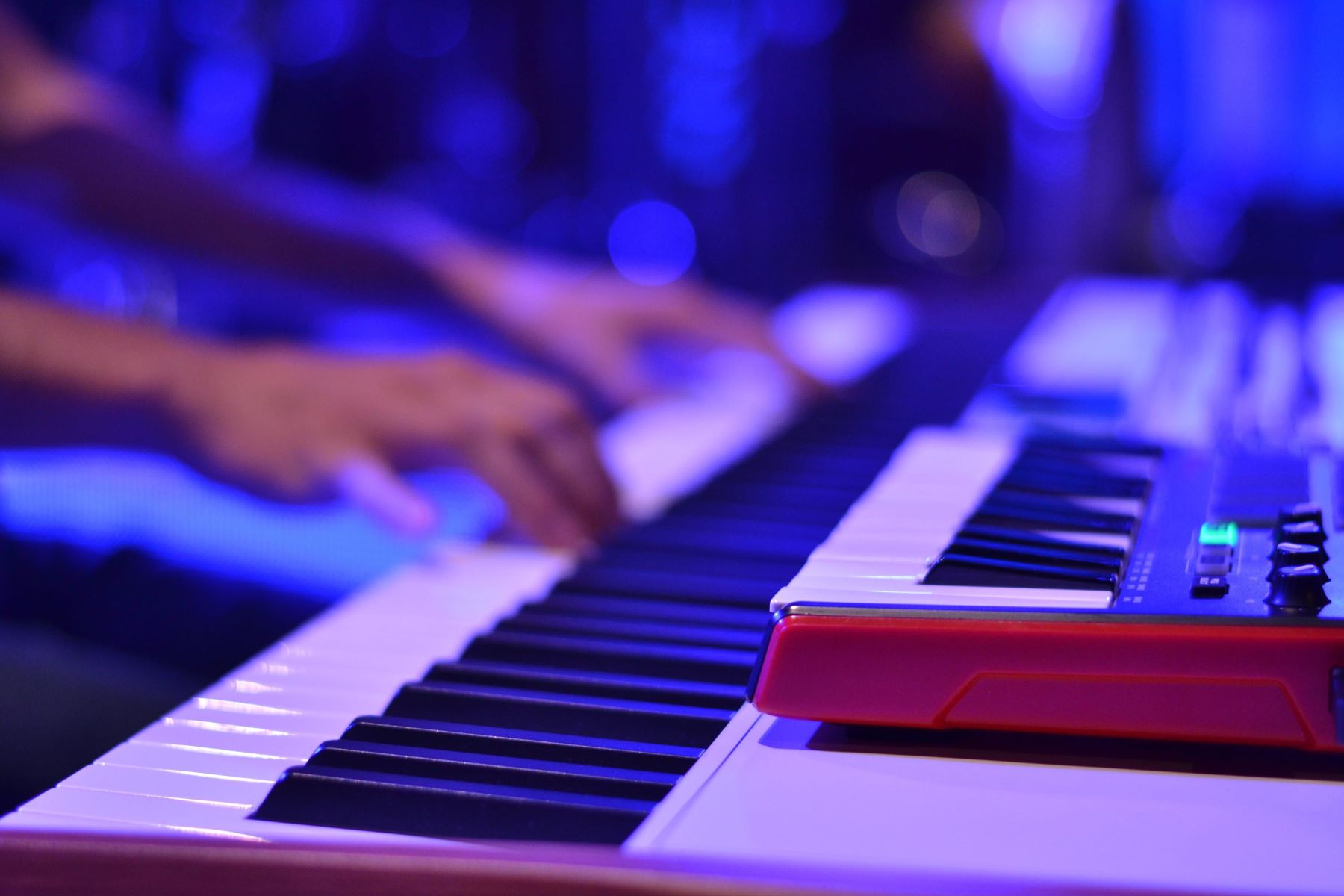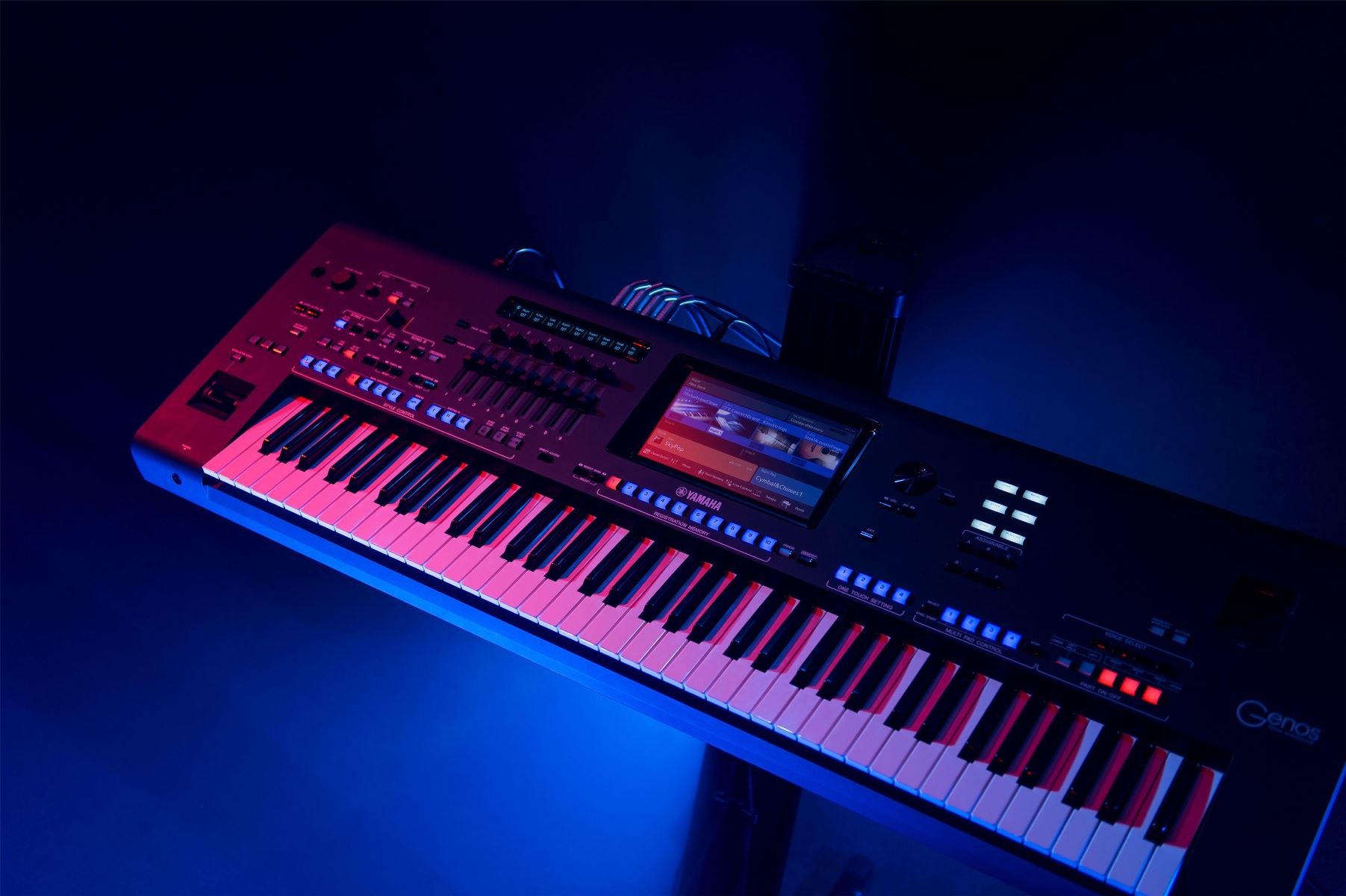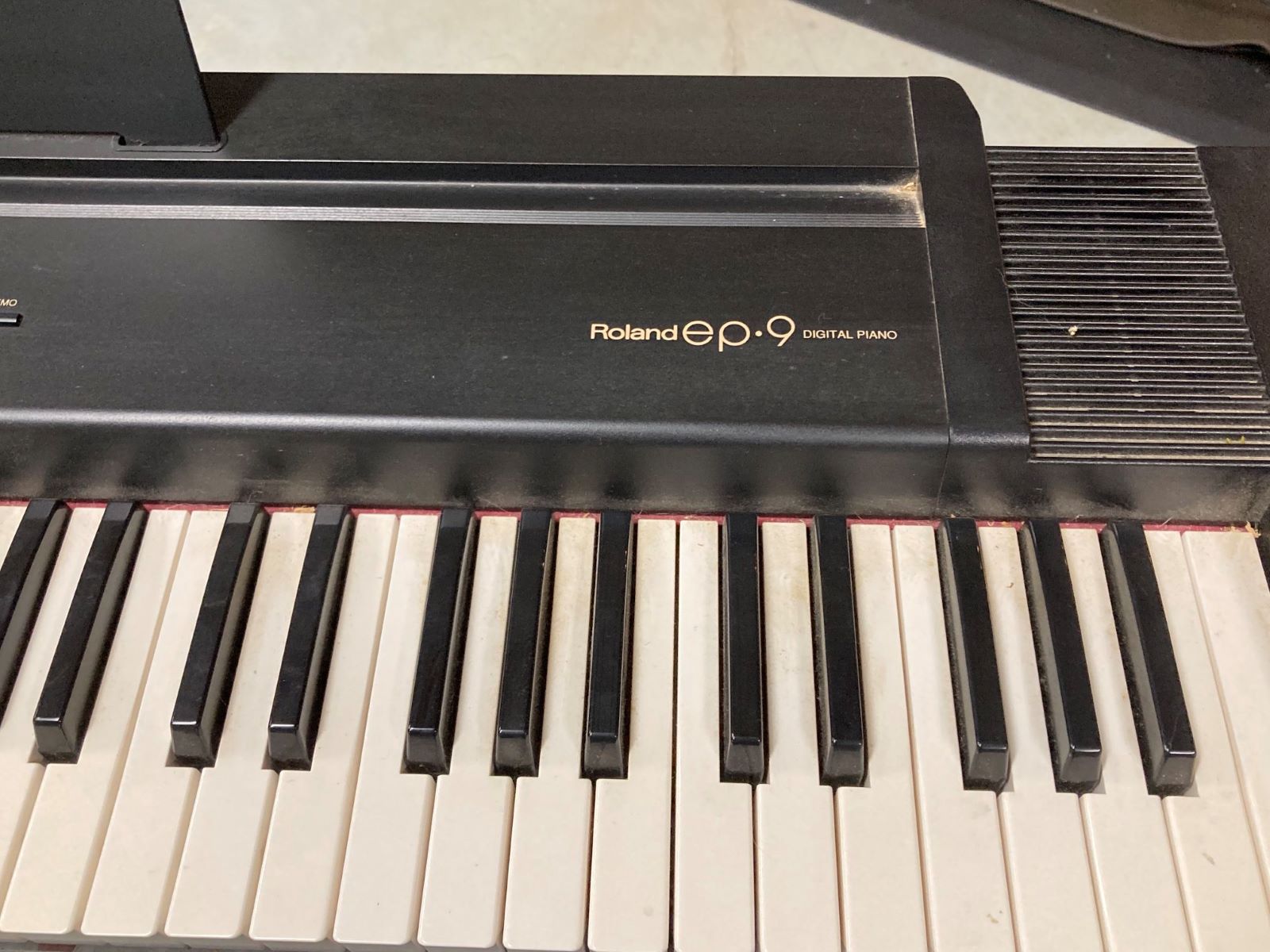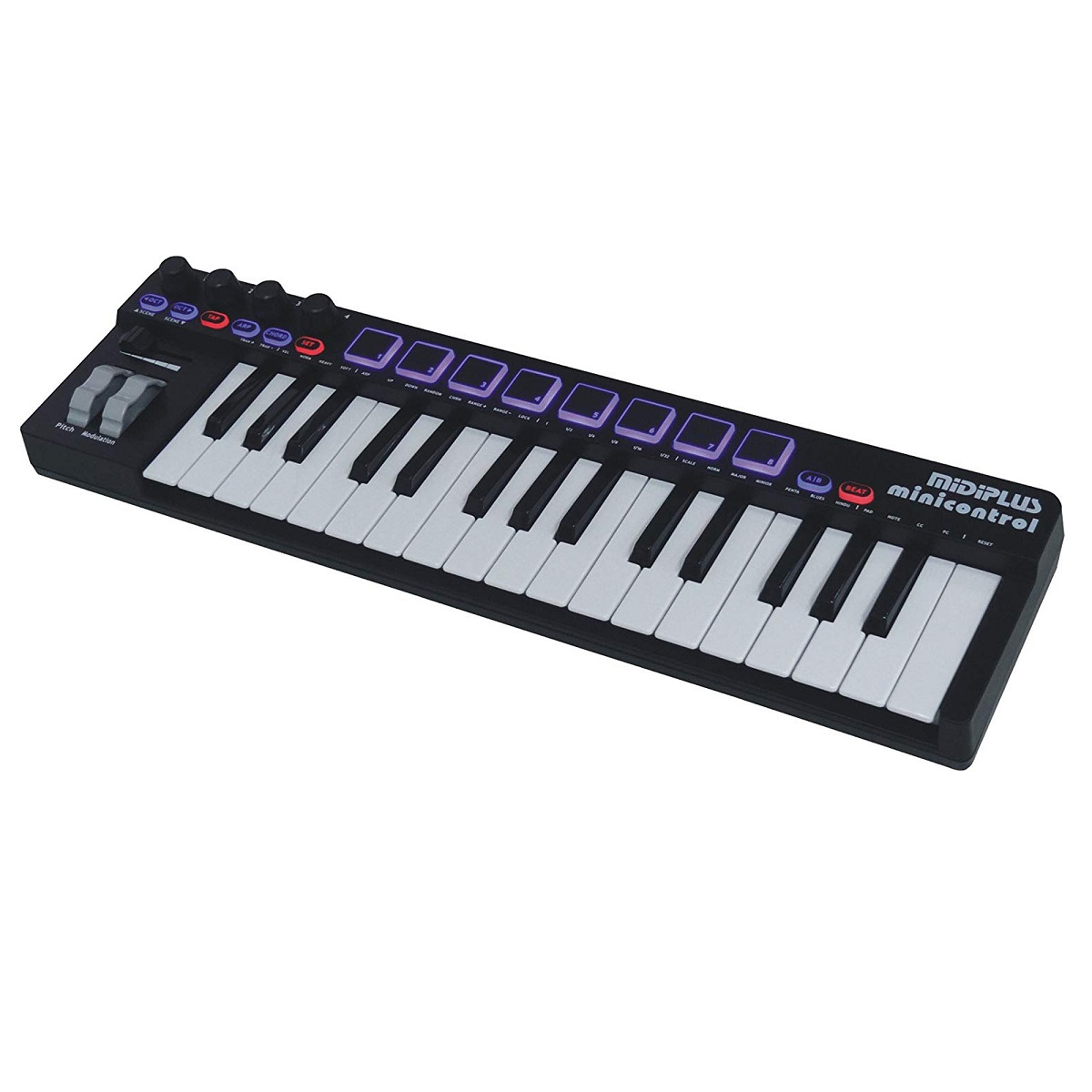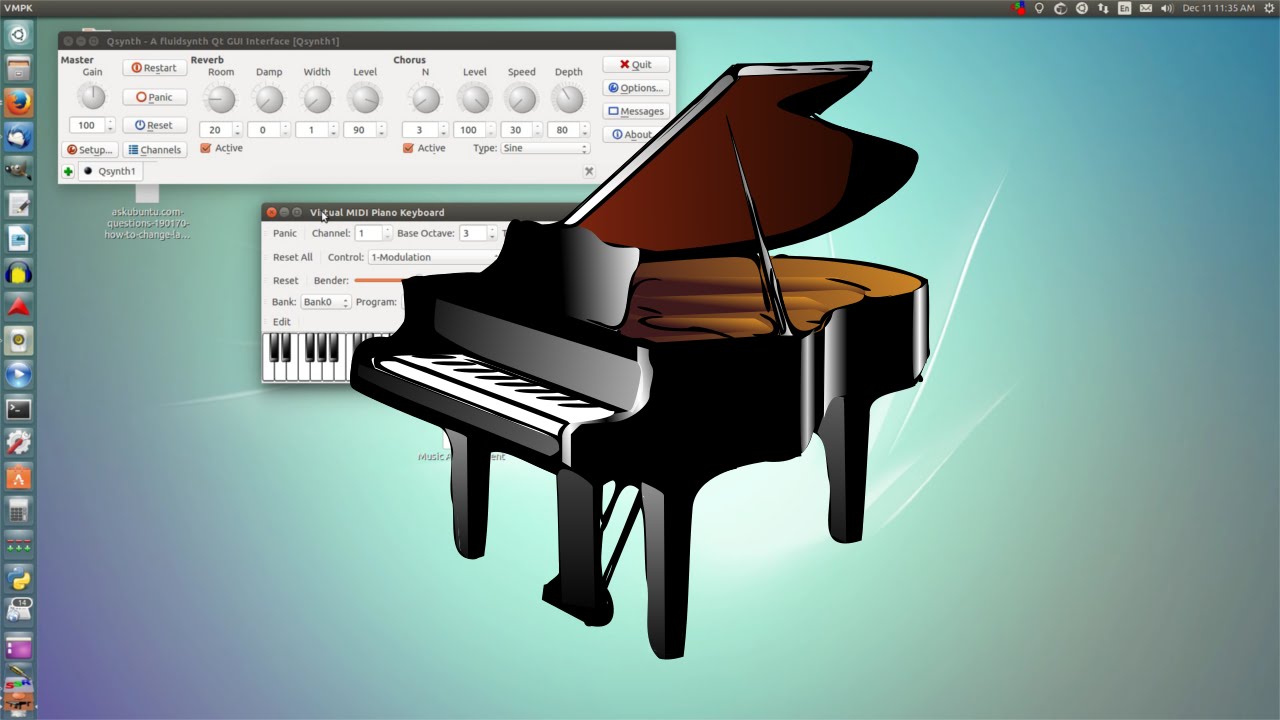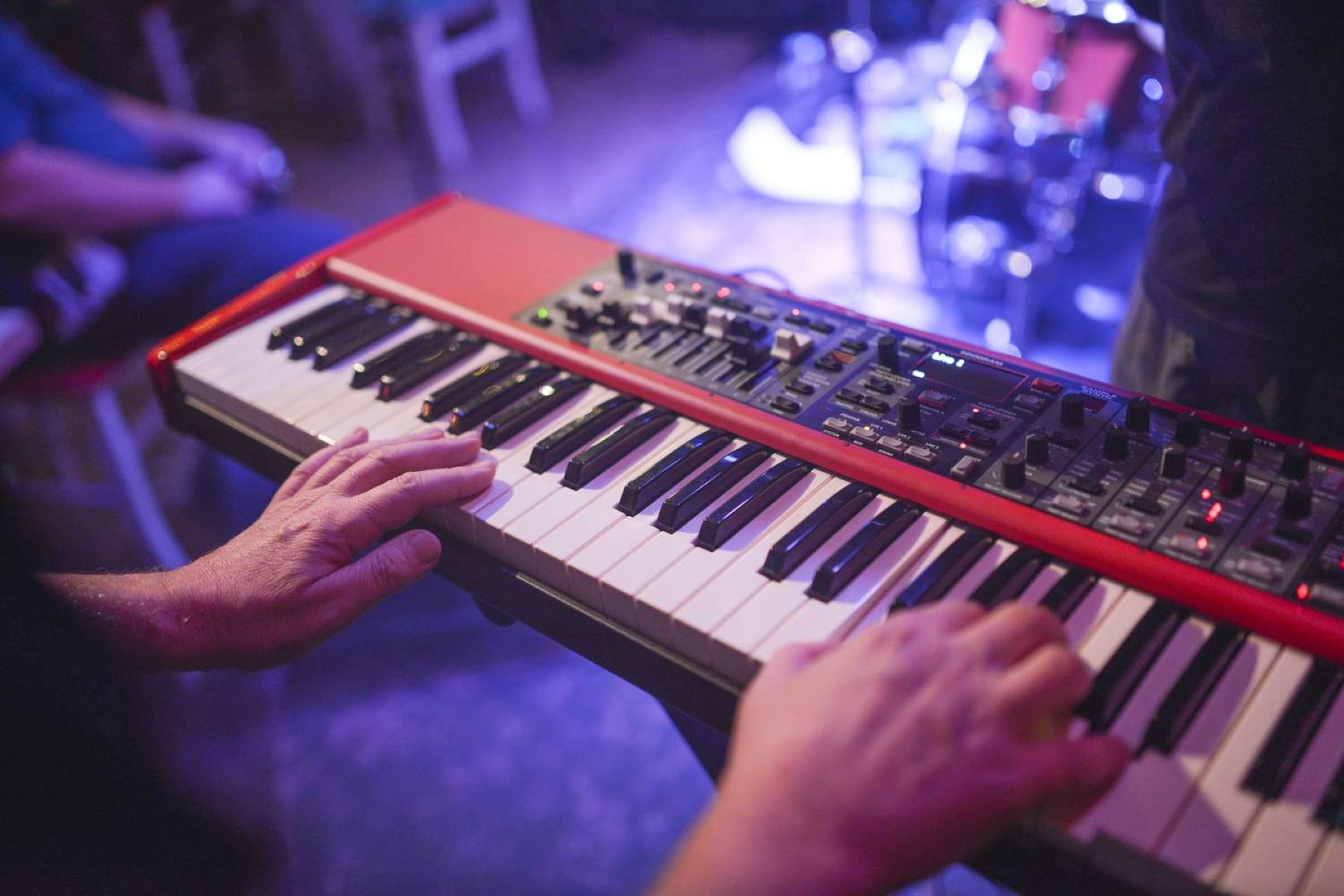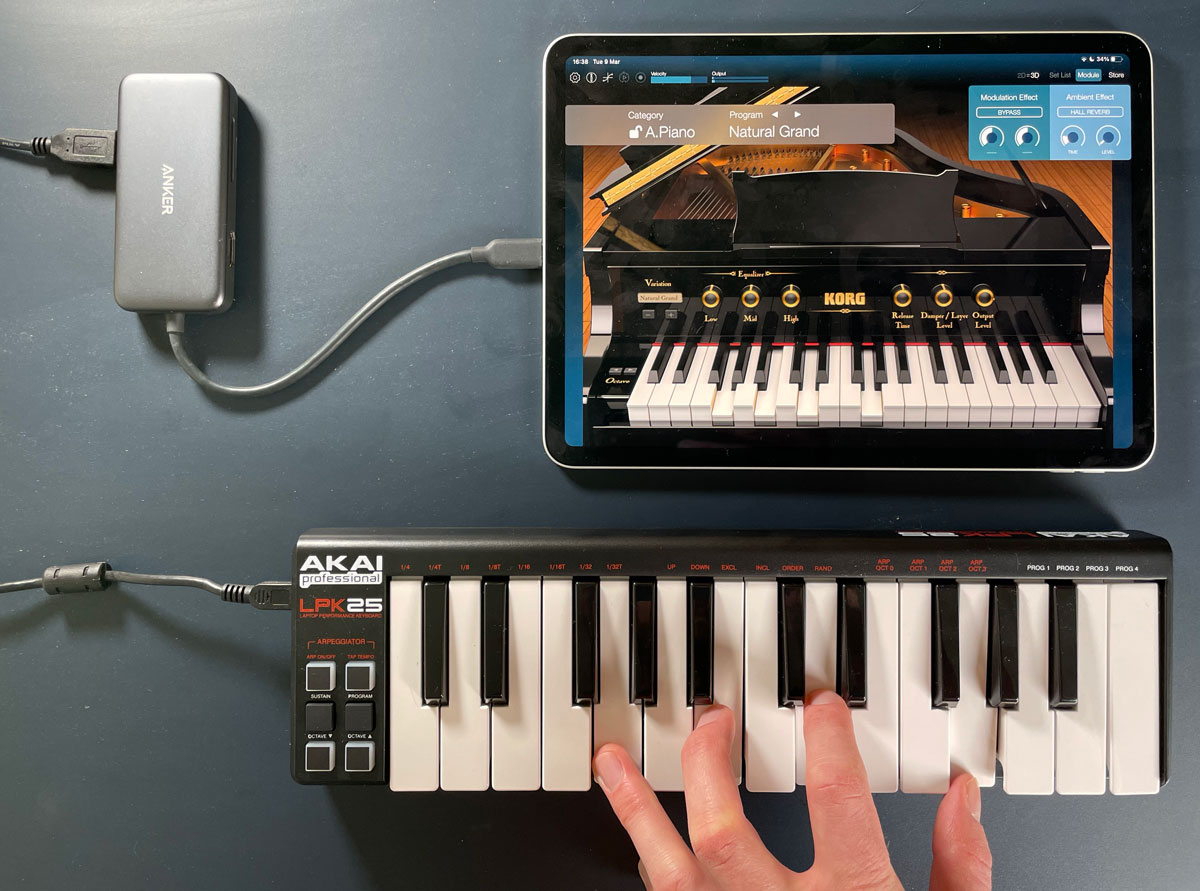Introduction
Welcome to the fascinating world of digital pianos, where technology and artistry harmoniously converge. In this article, we will delve into the concept of velocity curve and its pivotal role in shaping the playing experience on a digital piano. Whether you are an aspiring musician, a seasoned performer, or a curious enthusiast, understanding velocity curve is essential for unlocking the full potential of your digital piano.
The velocity curve is a fundamental element that bridges the gap between the physical act of playing and the digital interpretation of musical expression. It is a defining feature that empowers musicians to infuse their performances with nuance, dynamics, and emotion, mirroring the intricacies of acoustic piano playing. As we embark on this exploration, we will unravel the significance of velocity curve in digital pianos and illuminate its profound impact on the art of playing.
Join us on this enlightening journey as we unravel the intricacies of velocity curve and its profound influence on the digital piano landscape. Whether you are a novice seeking insight or a connoisseur eager to deepen your understanding, this article will illuminate the captivating interplay between technology and musicality in the realm of digital pianos.
What is Velocity Curve?
The velocity curve is a foundational aspect of digital pianos that governs the relationship between the force applied to the keys and the resulting sound produced. In essence, it determines how the instrument responds to varying degrees of key pressure, thereby influencing the dynamics and tonal characteristics of the notes played.
At its core, the velocity curve serves as a dynamic mapping function that translates the nuanced nuances of a pianist’s touch into a rich spectrum of sound. When a key is struck with greater force, the velocity curve dictates that the corresponding note will sound louder and potentially exhibit a different timbre, akin to the natural responsiveness of an acoustic piano. Conversely, a gentle keystroke yields a softer, more subdued sound, emulating the delicate interplay of dynamics inherent to traditional pianos.
Within the digital realm, the velocity curve is often represented graphically, illustrating the relationship between key velocity and the resulting volume or tone. This visual representation allows users to comprehend and manipulate the responsiveness of the instrument to suit their playing style and musical preferences. Whether it is a steep curve for heightened sensitivity or a gradual slope for uniformity, the velocity curve encapsulates the essence of expression in digital piano performance.
Understanding the velocity curve empowers pianists to tailor their playing experience, enabling them to articulate passages with precision, convey emotion through nuanced dynamics, and sculpt their musical interpretations with finesse. As we unravel the intricacies of velocity curve, we gain insight into the symbiotic interplay between the physicality of performance and the digital intricacies that underpin the art of playing the digital piano.
Importance of Velocity Curve in a Digital Piano
The velocity curve stands as a cornerstone of the digital piano experience, wielding profound significance in shaping the expressive capabilities and responsiveness of the instrument. By meticulously calibrating the velocity curve, digital pianos endeavor to emulate the tactile nuances and dynamic range inherent to acoustic pianos, thereby enriching the musical journey for pianists across diverse genres and playing styles.
One of the paramount roles of the velocity curve lies in its ability to bestow authenticity upon digital piano performances. By mirroring the nuanced responsiveness of acoustic pianos, the velocity curve enables pianists to articulate their musical intentions with unparalleled fidelity. This authenticity is pivotal in bridging the gap between traditional and digital piano playing, fostering a seamless transition for musicians seeking to harness the versatility and convenience of digital instruments without compromising the expressive depth of their performances.
Moreover, the velocity curve plays a pivotal role in nurturing artistic expression and musicality. It empowers pianists to imbue their performances with a rich tapestry of dynamics, enabling them to traverse a spectrum of tonal shades and emotive nuances. From delicate pianissimo passages to thunderous fortissimo crescendos, the velocity curve empowers musicians to articulate their musical narratives with captivating depth and subtlety, transcending the limitations of static sound production.
Furthermore, the importance of the velocity curve extends to its role in fostering a personalized playing experience. By offering customization options, digital pianos allow pianists to tailor the velocity curve to align with their unique playing techniques and artistic inclinations. This bespoke approach not only cultivates a sense of ownership and connection with the instrument but also facilitates a seamless integration of individual playing nuances into the digital realm, thereby nurturing a symbiotic relationship between the pianist and the instrument.
As we unravel the profound importance of the velocity curve in digital pianos, we gain a deeper appreciation for its role in enriching the musical landscape, empowering pianists to unleash their creative potential, and perpetuating the timeless allure of piano performance in the digital age.
How Velocity Curve Affects Playing Experience
The velocity curve exerts a transformative influence on the playing experience, serving as the conduit through which pianists interface with the expressive capabilities of a digital piano. Its impact reverberates through every keystroke, shaping the tactile feedback, dynamic range, and emotional resonance that define the essence of piano performance.
Central to its influence is the manner in which the velocity curve engenders a heightened sense of responsiveness and expressiveness in digital piano playing. By faithfully capturing the nuanced variations in key velocity, the velocity curve bestows upon pianists the ability to articulate passages with unparalleled precision and sensitivity. This heightened responsiveness not only mirrors the tactile nuances of acoustic pianos but also empowers pianists to infuse their performances with a kaleidoscope of dynamic shades, breathing life into their musical interpretations.
Furthermore, the velocity curve plays a pivotal role in sculpting the tonal palette available to pianists, thereby enriching the sonic tapestry of their performances. Through the manipulation of key velocity, pianists can coax a diverse array of tonal nuances from the instrument, ranging from ethereal whispers to resounding thunder. This expansive tonal spectrum, intricately woven by the velocity curve, amplifies the expressive potential of digital pianos, enabling musicians to craft immersive sonic narratives that resonate with emotive depth and artistic finesse.
Moreover, the influence of the velocity curve extends to its capacity to imbue performances with a profound sense of realism and authenticity. By faithfully emulating the dynamic responsiveness of acoustic pianos, the velocity curve fosters an immersive playing experience that transcends the boundaries of digital instrumentation. Pianists are afforded the opportunity to channel their artistic intent with unbridled authenticity, harnessing the expressive nuances and subtleties inherent to traditional piano playing within the digital realm.
As we navigate the intricate interplay between the velocity curve and the playing experience, we unravel a tapestry of tactile intricacies and expressive possibilities that redefine the boundaries of digital piano performance. The velocity curve stands as a testament to the seamless fusion of artistry and technology, empowering pianists to embark on a musical journey imbued with boundless expressive potential and captivating authenticity.
Customizing Velocity Curve in a Digital Piano
Customization lies at the heart of the digital piano experience, offering pianists the opportunity to tailor the instrument’s responsiveness to align with their unique playing style and artistic preferences. Within this realm of personalization, the ability to customize the velocity curve emerges as a pivotal tool, empowering musicians to sculpt their playing experience with precision and finesse.
One of the primary avenues for customizing the velocity curve involves adjusting the curve’s shape and sensitivity to accommodate individual playing techniques. Digital pianos often provide a range of preset velocity curves, each characterized by distinct responsiveness profiles. Whether pianists seek heightened sensitivity for delicate passages or uniformity across the dynamic spectrum, the ability to select and modify velocity curves ensures a tailored playing experience that resonates with their expressive inclinations.
Beyond preset options, many digital pianos offer comprehensive customization parameters that allow pianists to intricately adjust the velocity curve to their exact specifications. This granular control encompasses parameters such as key velocity response, dynamic range, and key sensitivity, affording musicians the flexibility to calibrate the instrument’s responsiveness to mirror their nuanced playing nuances. Such meticulous customization fosters a profound sense of ownership and connection with the instrument, cultivating a symbiotic relationship that amplifies the expressive potential of the pianist.
Furthermore, the customization of velocity curves extends to the realm of software integration and digital interfaces, where pianists can harness advanced tools to refine and tailor the instrument’s responsiveness. Through intuitive software platforms, musicians can delve into the minutiae of velocity curve manipulation, fine-tuning parameters with precision and fluidity. This convergence of technology and artistry empowers pianists to sculpt their playing experience with unprecedented depth, transcending the confines of traditional instrument calibration.
As we navigate the realm of customizing velocity curves in digital pianos, we unveil a realm of creative empowerment and expressive refinement that resonates at the intersection of personalized artistry and technological innovation. The ability to intricately shape the instrument’s responsiveness stands as a testament to the harmonious synergy between the pianist and the digital piano, fostering a dynamic playing experience that mirrors the intricacies of individual expression and musical intent.







